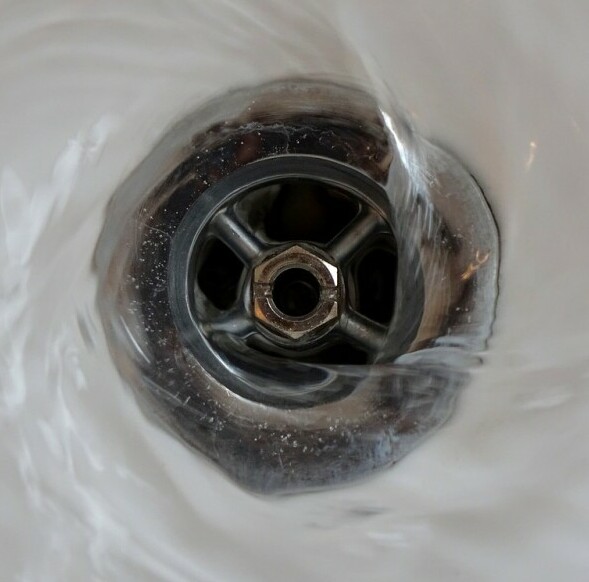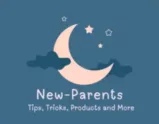Introduction
Welcoming a baby is an unforgettable milestone filled with joy, excitement, and anticipation. However, the postpartum period also brings unexpected challenges—one of which is postpartum hair loss. It’s distressing to see clumps of hair in the shower or scattered on your brush, especially when you’re adjusting to life as a new mother. This sudden hair thinning often leaves many women feeling anxious and self-conscious. But here’s the good news: postpartum hair loss is a common, temporary condition, and there are ways to manage it effectively.
In this in-depth guide, we’ll explore what postpartum hair loss is, the science behind it, and how you can maintain healthy hair while navigating the physical and emotional demands of motherhood.

Table of Contents
What Is Postpartum Hair Loss?
Postpartum hair loss, also known as telogen effluvium, is a common condition that occurs in the months following childbirth. During pregnancy, your hormones, particularly estrogen, are in overdrive, causing your hair to remain in the anagen phase (the growth phase) for longer than usual. This results in thicker, fuller hair during pregnancy.
However, once your baby is born, estrogen levels plummet, causing a larger number of hairs to enter the telogen phase (the shedding phase) simultaneously. This sudden shift can cause noticeable hair thinning, especially around the hairline and crown. While this might seem alarming, it is a natural part of your body’s postpartum adjustment process.
Why Does Postpartum Hair Loss Happen?
The primary culprit behind postpartum hair loss is hormonal fluctuation. During pregnancy, elevated estrogen levels promote hair growth, but after delivery, these levels drop, causing your hair to shed more than usual. However, hormones aren’t the only factor contributing to postpartum hair loss. Here are some additional causes:
- Stress: The physical demands of childbirth, sleep deprivation, and adjusting to caring for a newborn can put significant stress on the body, which may exacerbate hair loss.
- Nutrient Deficiencies: During pregnancy and breastfeeding, your body’s demand for nutrients like iron, zinc, and vitamins increases. Deficiencies in these essential nutrients can contribute to hair thinning.
- Thyroid Imbalances: Some new mothers experience postpartum thyroiditis, an inflammation of the thyroid gland that can cause excessive hair shedding.
How Long Does Postpartum Hair Loss Last?
For most women, postpartum hair loss peaks between three to six months after giving birth and gradually improves as hormone levels stabilize. By the time your baby turns one, you should notice less shedding and a return to your pre-pregnancy hair density. In some cases, however, hair loss may persist beyond a year, requiring further evaluation by a healthcare provider.
Managing Postpartum Hair Loss: Practical Tips
While postpartum hair loss is typically a temporary condition, there are several strategies you can adopt to manage it and encourage healthy hair growth:
1. Maintain a Nutrient-Rich Diet
Your hair health is closely linked to your nutrition. To support healthy hair, focus on foods rich in vitamins and minerals essential for hair growth, including:
- Iron: Found in leafy greens, lentils, and lean meats, iron supports oxygen transport to hair follicles.
- Zinc: Zinc is crucial for cell growth and repair. You can find it in nuts, seeds, and whole grains.
- Biotin (Vitamin B7): Known for its role in hair health, biotin can be found in eggs, nuts, and sweet potatoes.
- Vitamins A, C, D, and E: These vitamins contribute to scalp health and strengthen hair. Incorporate foods like citrus fruits, carrots, spinach, and fatty fish into your diet.
2. Continue Taking Prenatal Vitamins
Many healthcare providers recommend continuing prenatal vitamins even after childbirth, especially if you’re breastfeeding. Prenatal vitamins provide key nutrients like iron, folic acid, and biotin that support overall health and hair regrowth.
3. Be Gentle with Your Hair
To minimize hair breakage and shedding, treat your hair with care. Use a wide-toothed comb to detangle gently, especially when your hair is wet and more susceptible to damage. Avoid hairstyles that pull tightly on the scalp, like ponytails or buns, as these can exacerbate hair loss. Limiting the use of heat styling tools and chemical treatments (like coloring and perming) can also help reduce damage.
4. Consider Scalp Massages
Scalp massages not only feel good, but they can also stimulate blood circulation to the hair follicles, which may encourage hair growth. You can enhance this by using essential oils like rosemary oil, which is believed to promote hair regrowth, or peppermint oil, known for its cooling effect and scalp-stimulating properties.
5. Hydration Is Key
Staying hydrated is crucial for hair and skin health. Aim for at least eight glasses of water per day, especially if you’re breastfeeding, as dehydration can impact both your energy levels and the health of your hair.
6. Use Volumizing Products
While volumizing shampoos and conditioners won’t stop postpartum hair loss, they can create the illusion of fuller hair. Look for products that contain biotin, keratin, or collagen, which are known for strengthening hair strands and adding body.
The Emotional Impact of Postpartum Hair Loss
Experiencing hair loss can be emotionally challenging, especially during an already overwhelming time. It’s important to recognize that postpartum hair loss is temporary and to give yourself grace as your body recovers from pregnancy and childbirth. If you’re feeling anxious or self-conscious, consider talking to a therapist or joining a support group for new mothers, where you can share your experiences and receive support.
When Should You Seek Medical Advice?
Although postpartum hair loss is a normal part of recovery, there are instances when it’s advisable to consult a healthcare provider. Seek medical advice if you experience:
- Excessive hair loss: If you’re losing large clumps of hair or developing bald spots, this may indicate a more serious condition, such as alopecia or a thyroid disorder.
- Prolonged hair shedding: If your hair loss persists beyond one year postpartum without signs of improvement, it may be time for further evaluation.
- Other symptoms: If hair loss is accompanied by symptoms like fatigue, weight changes, or mood swings, it could be a sign of a more serious underlying issue, such as postpartum thyroiditis or other hormonal imbalances.
Final Thoughts: Embrace the Process
Postpartum hair loss is a common and temporary phase in a new mother’s journey. While it can be unsettling to witness more hair in your brush or shower drain, it’s important to remember that this condition will pass. By maintaining a balanced diet, being gentle with your hair, and giving your body the care it needs, you can support your hair’s recovery and minimize the impact of postpartum shedding.
Most importantly, celebrate your body for what it’s accomplished—creating and nourishing new life. With time, patience, and care, both you and your hair will regain your full strength.
Additional Resources
Be sure to check out our YouTube Channel for other great content!
While you’re at it, we have some must reads here at New-Parents, such as, Best Baby Books For New Parents: #1 Best Guide or Relationship Changes After Having A Baby.
References:
American Thyroid Association. (2020). Postpartum Thyroiditis. Retrieved from https://www.thyroid.org/postpartum-thyroiditis/
National Institutes of Health. (2021). Telogen Effluvium. Retrieved from https://www.ncbi.nlm.nih.gov/books/NBK430837/
Mayo Clinic. (2023). Postpartum Hair Loss. Retrieved from https://www.mayoclinic.org/tests-procedures/hair-transplant/about/pac-20384779
American Pregnancy Association. (2023). Postpartum Hair Loss. Retrieved from https://americanpregnancy.org/healthy-pregnancy/after-pregnancy/postpartum-hair-loss/
